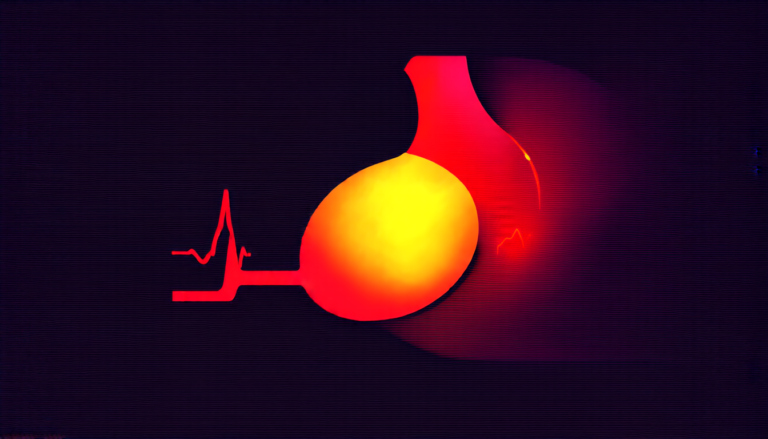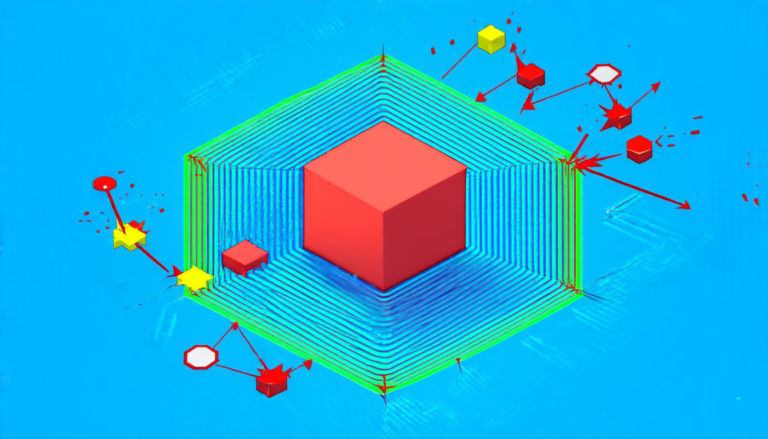Tuesday 25 March 2025
Artificial Intelligence has been rapidly advancing in recent years, and one of its most promising areas is model merging. This technique allows multiple pre-trained models to be combined into a single, more powerful model that can tackle complex tasks with ease.
Researchers have been working on developing methods for model merging, but they often come with limitations. For example, some approaches require additional training data or are sensitive to hyperparameters. A new paper proposes a solution called Spectral Truncation and Rescale (STAR), which offers several advantages over existing methods.
The key idea behind STAR is to remove redundant components from the models being merged. This is done by analyzing the spectral decomposition of each model, which reveals its underlying structure. By truncating the less important parts of this structure, STAR can combine the models more efficiently and effectively.
One of the biggest benefits of STAR is that it requires no additional training data or hyperparameter tuning. The authors show that STAR can outperform existing methods on a range of tasks, including natural language processing and computer vision. This means that developers can use STAR to create powerful models without having to spend hours fine-tuning parameters.
Another advantage of STAR is its ability to handle large numbers of models. In many cases, combining multiple pre-trained models can lead to better performance than using a single model. However, this can also be computationally expensive and difficult to manage. STAR provides a way to merge dozens of models in a single step, making it an attractive option for developers who need to create complex AI systems.
The authors tested STAR on several large-scale datasets, including the popular Flan-T5- base and Flan-T5-large models. They found that STAR was able to outperform existing methods on these tasks, even when using a limited number of hyperparameters. This suggests that STAR is a robust and reliable technique that can be used in a wide range of applications.
Overall, the paper presents an exciting new approach to model merging that has the potential to revolutionize the field of artificial intelligence. By providing a way to combine multiple pre-trained models with ease and efficiency, STAR could enable developers to create more powerful AI systems that can tackle complex tasks with greater accuracy and speed.
Cite this article: “Introducing STAR: A Novel Approach to Model Merging in Artificial Intelligence”, The Science Archive, 2025.
Artificial Intelligence, Model Merging, Spectral Truncation, Rescale, Natural Language Processing, Computer Vision, Pre-Trained Models, Hyperparameter Tuning, Large-Scale Datasets, Robust Technique







